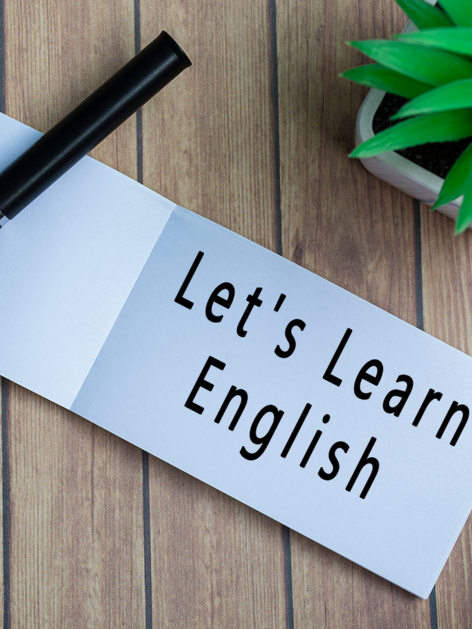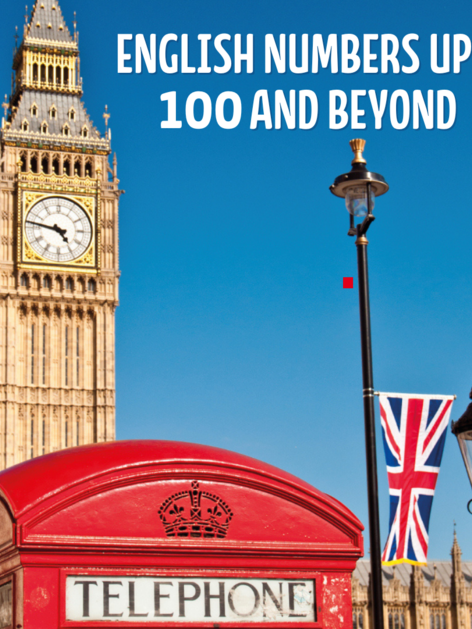English Figures of Speech: Definition and examples

Figures of Speech definition
English figures of speech are used in literature to make texts more exciting and varied. They are also often used to convey a hidden message to the reader, to stimulate thought or simply to control the reading pace. To help you recognize the differences in figures of speech when reading English texts, we have compiled an overview of the most commonly used English literary devices below.
Overview table: English figures of speech
| Figure of speech | Definition |
|---|---|
| Metaphor | Implicitly equating things for meaning or effect. |
| Simile | Explicit connection for commonality. |
| Personification | Human properties for inanimate things. |
| Hyperbole | Exaggeration for effect. |
| Irony | Contradiction between the word and the actual meaning. |
| Symbol | Concrete object/action with deeper abstract meaning. |
| Anaphora | A word at the beginning of a sentence is repeated in successive sentences. |
| Chiasmus | Symmetrical crossing in structure. |
| Alliteration | Repetition of consonant beginnings at the beginning of successive sentences. |
| Onomatopoeia | Imitation of sound for liveliness. |
| Oxymoron | Combination of opposite words for paradox. |
| Synesthesia | Linking different senses for vivid impressions. |
| Euphemism | Mild words for unpleasantness. |
| Juxtaposition | Contrasting concepts for contrasts. |
| Paradox | Conflicting statement for deep insight. |
| Allegory | Narration for abstract ideas. |
| Allusion | Indirect reference for added meaning. |
| Acceleration | Pace increase for excitement. |
| Epanalepsis | Repetition at the beginning and end of the sentence. |
Learn English on your Vacation
Make international contacts on your language study trip and quickly improve your English!
Figures of speech in English poems and non-fiction texts
Depending on the form of the text, certain English figures of speech fit better. That is why we have differentiated between poems and factual texts for you and explain below which literary means of the English language you should look out for in the respective text type.
English figures of speeches in poetry
Metaphor: Metaphors are often used in poetry to vividly and concisely convey complex ideas.
Comparison (Simile): Comparisons are often used in poetry to reinforce emotional or visual impressions.
Personification: Personifications are often used in poetry to attribute human characteristics to inanimate objects and to evoke emotion.
Hyperbole: Hyperboles are often used in poetry to create strong expressions and exaggerations.
Symbol: Poems often use symbols to convey deeper, abstract meaning and to stimulate thought.
Anaphora: Repetition, such as the anaphora, can be used in poetry to create rhythmic patterns or to emphasize specific ideas.
Alliteration: The sonic effect of alliteration can be used in poetry to create a musical sound.
Onomatopoeia: Sounds and noises can be made more vivid in poetry through onomatopoeia.
Synesthesia: Poems that seek to create intense emotional imagery could use synesthesia to link different senses together.
Epanalepsis: The repetition of words or phrases at the beginning and end of a sentence can add emphasis or structure to poems.
English figures of speech in non-fiction texts
Irony: Nonfiction, especially fiction and essays, often uses irony to convey subtle criticism or humor.
Euphemism: Euphemisms are more common in non-fiction, especially formal texts, to soften awkward or harsh terms.
Juxtaposition: Non-fiction texts, particularly analytical or comparative texts, might use juxtaposition to emphasize contrasts between different concepts.
Paradox: In philosophical or argumentative factual texts, paradoxes can be used to represent profound thoughts or apparent contradictions.
Allegory: Non-fiction texts may use allegory to convey complex ideas or political messages.
Innuendo:In factual texts, allusions could be used to refer to other works, historical events, or cultural aspects.
Acceleration: In factual texts, acceleration can be used to increase tension or focus.
Please note that this list is not strict and that idioms typical of poetry may appear in non-fiction. This list is only intended to give you a better feel for the different types of text. Authors use the English stylistic devices depending on the intentions and desired intentions in the text.
Examples of English figures of speech
To help you understand English figures of speech, we give you three examples of each literary device. They should help you to use figures of speech in your own texts and to find and explain them in your text analyses.
Metaphor
- His words were a soothing balm for her wounded heart.
- The world is a stage, and we are all playing our parts.
- Time is a thief that steals away our moments.
Personification
- The wind whispered secrets through the trees.
- The stars danced in the night sky.
- The old house groaned as if in pain.
Irony
- The fire station burned down.
- The weatherman got caught in a rainstorm.
- A sign saying "no littering" surrounded by trash.
Anaphora
- In books, I find knowledge. In books, I find solace. In books, I find hope.
- Not time, not money, not desire could... Not time, not money, not desire could... Not time, not money, not desire could...
- I have a dream that... I have a dream that... I have a dream that...
Simile
- She laughed like a tinkling bell.
- His voice was as smooth as silk.
- The river flowed like a ribbon through the valley.
Hyperbole
- I'm so hungry I could eat a horse.
- I've told you a million times to clean your room.
- It's taking forever for the bus to arrive.
Symbol
- The white dove symbolizes peace.
- The red rose is a symbol of love.
- The broken mirror symbolized her shattered dreams.
Chiasmus
- Never let a fool kiss you, or a kiss fool you.
- Poetry is the record of the best and happiest moments of the happiest and best minds.
- He smiled happily, and happy was his smile.
Alliteration
Peter Piper picked a peck of pickled peppers.
She sells seashells by the seashore.
Silly Sally swiftly shooed seven silly sheep.
Synesthesia
The bitter cold wind cut through like a knife.
The bright yellow flowers emitted a sweet fragrance.
The music had a warm and velvety tone.
Euphemism
He passed away instead of he died.
Letting you go instead of firing you.
Senior citizen instead of old person.
Acceleration
The suspense was building, and suddenly, the bomb went off.
The music grew louder and faster, creating an intense atmosphere.
As the tension mounted, the pace of the story quickened.
Onomatopoeia
The bees buzzed around the flowers.
The thunder rumbled in the distance.
The clock ticked away the seconds.
Paradox
Less is more.
This statement is false.
The only constant is change.
Allegory
George Orwell's "Animal Farm" as an allegory for the Russian Revolution.
Dante's "Divine Comedy" as an allegory for the journey through the afterlife.
"The Lord of the Flies" by William Golding as an allegory for human nature.
Epanalepsis
The king is dead, long live the king.
The mountain was high, the valley was deep.
Believe in yourself, and others will believe in you.
Oxymoron
Bittersweet
Jumbo shrimp
Deafening silence
Juxtaposition
The beauty of nature juxtaposed with the destruction of a forest fire.
The laughter of children juxtaposed with the somber mood of a funeral.
The luxury car parked next to the rundown shack.
Allusion
She's a real Cinderella story.
His betrayal was a real Judas move.
The discovery was an "Eureka!" moment.
Check out our English learning courses and learn English with us



